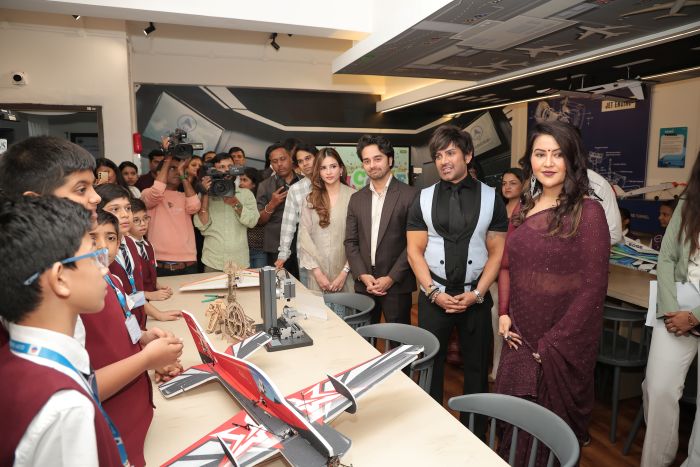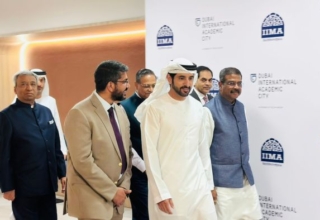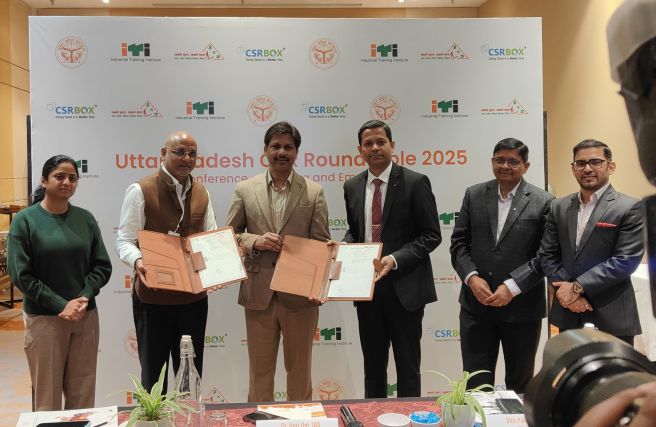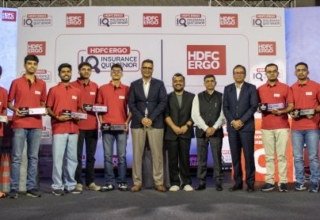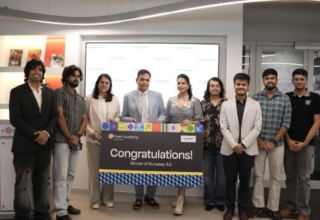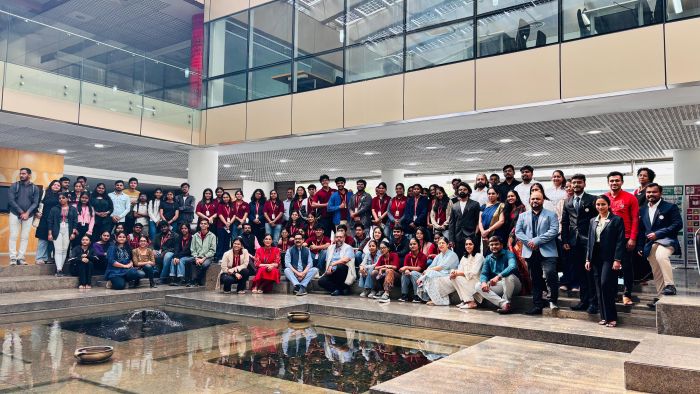
To study architecture is to go beyond structures—it is about shaping spaces that carry meaning
Dr. Prof. Anand Achari, Principal at VES College of Architecture
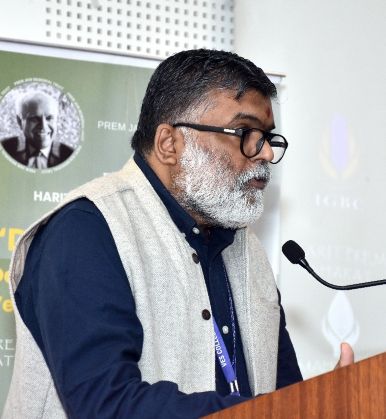 As a career path, architecture today presents wide-ranging opportunities, especially for students who bring a mix of creativity, analytical thinking, and a deep interest in people and the environment. Architecture is more than just designing buildings; it’s about shaping the spaces we live in, how communities function, and how cities grow.
As a career path, architecture today presents wide-ranging opportunities, especially for students who bring a mix of creativity, analytical thinking, and a deep interest in people and the environment. Architecture is more than just designing buildings; it’s about shaping the spaces we live in, how communities function, and how cities grow.
The opportunities within architecture have grown far beyond traditional roles. While core areas like residential and commercial design still hold strong, new domains are emerging, urban design, sustainable architecture, environmental planning, mobility design, heritage conservation, and even virtual/augmented reality spaces. Architecture schools are evolving their curriculum to include aspects of behavioural science, public policy, digital fabrication, and systems thinking. Institutions are also encouraging students to take up certifications or workshops on specialised subjects—such as adaptive reuse, urban analytics, and biophilic design.
Architects are now contributing to public policy, infrastructure planning, and even climate resilience strategies. This growth is being driven by the rapid pace of urbanisation. A McKinsey report estimates that nearly 70% of the global population will live in urban areas by 2030. With cities expanding and rural landscapes transforming, there is an urgent need for professionals who can design with foresight and responsibility.
In India, the demand for architects is steadily rising due to government-led missions like AMRUT, Housing for All, and the Smart Cities programme. Public and private projects alike are recognising the value of integrated, people-centric design. Young architects today can work in multi-disciplinary roles, alongside engineers, environmental scientists, data analysts, and sociologists. Startups and design studios are also exploring architecture in niche areas such as climate-resilient housing, disaster rehabilitation, and modular construction, widening the field for new entrants.
However, to succeed in this changing landscape, students must build new skills that go beyond drawing and structural basics. Digital design tools like Revit, Rhino, and Grasshopper have become standard in practice. Understanding BIM (Building Information Modelling) and parametric design is now essential in many firms. At the same time, there’s a growing need for knowledge in sustainability frameworks, green building certifications, and materials science.
Of course, no amount of software training replaces the fundamental aptitude required to thrive in architecture. The profession calls for a strong sense of observation, spatial awareness, curiosity, and empathy. Architects need to visualise not just the structure but the human experience within it. They should be good communicators, capable of presenting ideas clearly to clients, contractors, and communities. Patience, persistence, and the ability to take feedback constructively are equally important, given the long and collaborative nature of most projects.
Ultimately, architecture is for those who are not just interested in building things, but in building meaning. For students who enjoy problem-solving, care about the environment, and are excited by the intersection of art, technology, and society, architecture offers a career full of possibilities and purpose.
Some additional useful info for readers of this article (added by us)
Students planning to pursue architecture in India should familiarize themselves with the type of institute—national-level (like IITs, NITs, SPA), state-regulated, or private/university-based—and then focus on the relevant entrance exams.
| College / Category | Exam(s) Required |
| IITs (Roorkee, Kharagpur, etc.) | JEE Main → JEE Advanced → AAT |
| NITs (Calicut, Trichy, Rourkela, etc.) | JEE Main (some via JEE Advanced) |
| SPA (Delhi, Vijayawada, Bhopal) | JEE Main (Paper-2) |
| Jamia Millia Islamia, CCA, J.J. College | NATA (or JEE Main for some) |
| Manipal, other private universities | NATA and/or JEE Main |
| State-level (Kerala, UP, WB, etc.) | KEAM, UPSEE, WBJEE, etc. |
| University-specific (AMU, KIIT, HITSEEE) | Respective institution’s test |
| International admissions (DASA) | DASA exam (based on JEE Main equivalent) |
Indicative Fee structure
- Public Institutions (IITs, SPAs, NITs): Total tuition cost ranges from ₹3 lakh (SPA Bhopal) to ₹12 lakh (NIT Calicut), with IITs hovering around ₹10 lakh. Additional costs like hostel, mess, and materials raise the overall figure—some approaching ₹13–14 lakh, as seen at IIT Roorkee.
- Private Institutions: These are costlier—between ₹10 lakh to ₹22 lakh total. Includes top-notch infrastructure, design tools, and urban campuses.
- Ultra-Affordability: Jamia Millia Islamia stands out with a remarkably low fee of ₹55,200 for the entire course.
Stay informed: Keep an eye on official portals for exam forms, admit cards, results, and counselling notifications.


